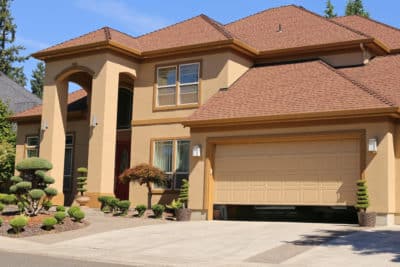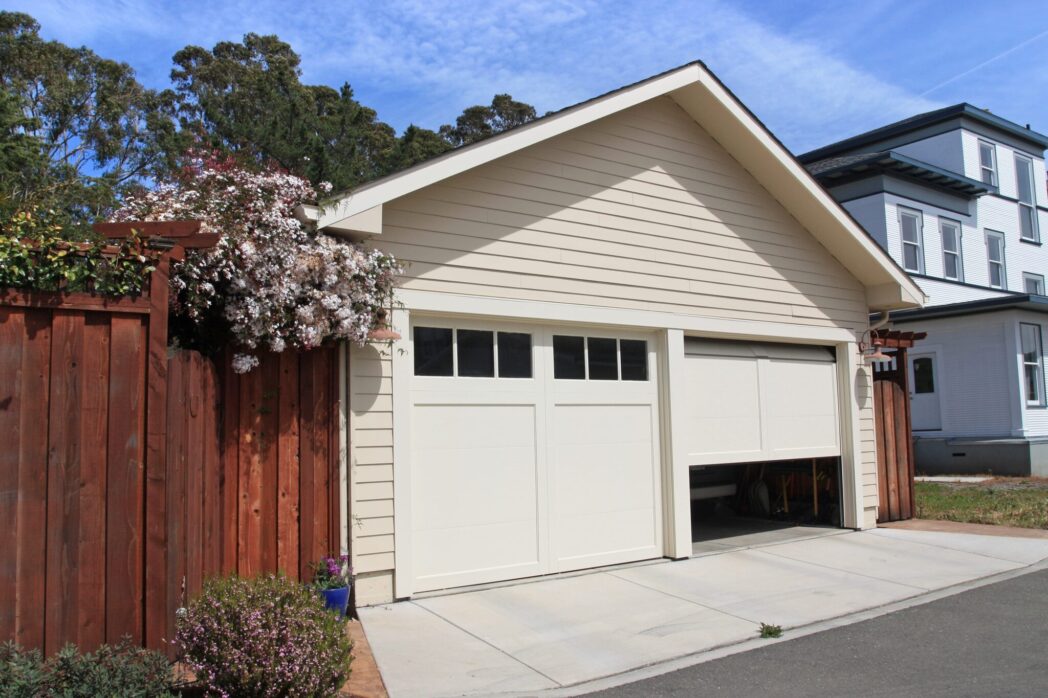You know how sometimes, when something obstructs your garage door as it’s closing, it reverses direction? This crucial safety feature is thanks to your garage door’s safety sensors. The last thing you’d want is for your hefty garage door to accidentally close on a loved one, a pet, or even your car. That’s where these sensors come into play, ensuring such accidents don’t occur. However, there are times when these sensors can experience issues, causing the garage door to start closing and then abruptly reverse.
Here’s an overview of how garage door safety sensors operate.
Are Garage Door Safety Sensors Mandatory?
Yes, by law, garage door sensors are required. Since 1993, all automatic residential garage doors must be equipped with safety sensors. This legislation was enacted to reduce the tragic incidents involving children trapped under closing garage doors. Ever since then, all garage door openers must include safety sensors.
How Do Garage Door Safety Sensors Operate?
Despite being a requirement for about three decades, many people are unfamiliar with how these sensors work. It’s not surprising, as many of us seldom delve into the inner workings of everyday devices until a problem arises.
Garage door sensors rely on two critical components: their photo-eye system and their line of sight. They use a photo-eye system to determine if there’s any obstruction in their line of sight, deciding whether to continue closing or to reverse.
Photo-Eye System
The photo-eye system is an essential part of the sensor, consisting of an infrared beam. These are usually placed on either side of your garage door, positioned about 2 to 6 inches above the ground. They collaborate with your garage door opener to prevent it from closing on anything in its path.
Line Of Sight
The term “line of sight” refers to the ability of your safety sensors to “see” each other. Both sensors emit infrared beams towards one another, determining if it’s safe for the garage door to close. If something blocks this beam, the sensors can no longer “see” each other, prompting the garage door to reverse.
Detecting Issues with Your Garage Door Safety Sensors
Your garage door safety sensors are integral to your garage’s safety. If something goes wrong with your garage door system, how can you discern if the problem lies with the sensors or elsewhere?
There are two key indicators that your safety sensors may not be functioning correctly: your garage door won’t close, or it closes even when there’s an obstruction in its path. If you suspect an issue with your safety sensors, prompt attention and repair are crucial.
How to Address Safety Sensor Problems
If your garage door won’t close, it could be due to several reasons, from dirty sensor lenses to sensors being out of alignment. Here’s how to address these issues:
- Dirty lenses. Clean the sensor lenses with a soft cloth and mild cleaner to remove dirt or debris that might obstruct their vision.
- Misalignment. You can try realigning the sensors by tightening the screws. The sensors will typically blink if they’re out of alignment and stop once correctly realigned.
If your garage door continues to close even when there’s an obstruction, this is a serious concern, as it poses a risk of injury. This issue is often caused by pinched wires leading to inconsistent operation. Handling wiring issues yourself can create more problems, so it’s best to disable the opener until a professional can rectify it.
Need Assistance with Your Garage Door Safety Sensors?
If you’re encountering difficulties with your garage door sensors, Advanced Door is here to help. Simply get in touch with us, and we’ll promptly assist you in resolving the issue. Your safety is our priority.



